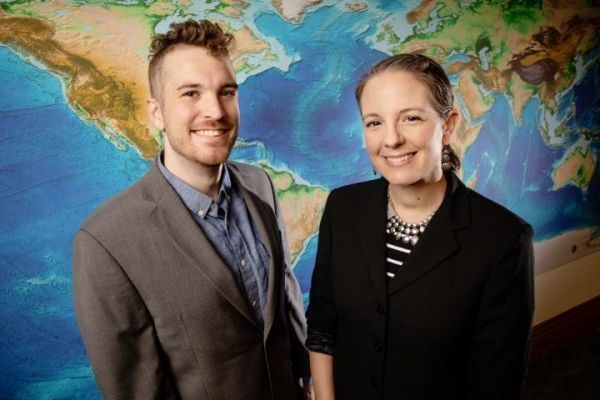Geologists are now using a technique traditionally used in weather and climate forecasting to develop new eruption forecasting models. By testing if the models are able to capture the likelihood of past eruptions, the researchers are making strides in the science of volcanic forecasting.
The study, published in the journal Geophysical Research Letters, examined the eruption history of the Okmok volcano in Alaska. In 2008, a large eruption produced an ash plume that extended approximately 1 mile into the sky over the Aleutian Islands – posing a significant hazard to aircraft engines along a route that transports roughly 50,000 people between Asia and North America each day, the researchers said.
“The 2008 eruption of Okmok came as a bit of surprise,” said University of Illinois graduate student and lead author Jack Albright. “After an eruption that occurred in 1997, there were periods of slight unrest, but very little seismicity or other eruption precursors. In order to develop better forecasting, it is crucial to understand volcanic eruptions that deviate from the norm.”
Read more at: University of Illinois
University of Illinois geologists Jack Albright, left, and professor Patricia Gregg are part of a team that has developed new computer models to help researchers better forecast volcanic eruptions. (Photo Credit: Photo by L. Brian Stauffer)


